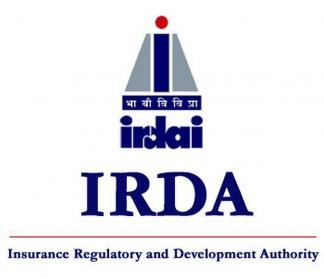This study holds paramount significance, as it provides the opportunity to comprehensively evaluate the potential impact on the capital and overall solvency of the insurers
This framework would serve as a pivotal mechanism which would enable insurers to maintain an appropriate level of capital commensurate with the risks inherent in their insurance and reinsurance operations, said IRDAI
Hyderabad:
As a major step towards transition to Indian Risk-Based Capital (Ind-RBC) from the present factor-based model, insurance regulator the IRDAI has initiated the First Quantitative Impact Study (QIS1).
This study holds paramount significance, as it provides the opportunity to comprehensively evaluate the potential impact on the capital and overall solvency of the insurers.
The IRDAI is actively working towards the development and implementation of the Indian Risk-Based Capital (Ind-RBC) Framework for the Indian insurance industry as part of its developmental agenda, said the regulator on Thursday.
This framework would serve as a pivotal mechanism which would enable insurers to maintain an appropriate level of capital commensurate with the risks inherent in their insurance and reinsurance operations.
Thus, it would act as a catalyst for insurers in optimizing capital utilization and ensuring efficient risk management.
A ‘Technical Guidance’ document has also been released which is meticulously designed to guide and facilitate the insurance industry in quantification and assessment of risks in the QIS1.
A circular has been issued in this regard.
To ensure a streamlined progression, insurers are entrusted with the responsibility of submitting the outcomes of the QIS1 within a prescribed timeframe.
Subsequent to the evaluation of the QIS1 findings, the IRDAI envisions embarking on successive Quantitative Impact Studies (QIS), a dynamic sequence that may culminate in the finetuning and evolution of the RBC Framework, ultimately resulting in its definitive implementation.
In essence, the IRDAI’s strategic trajectory encapsulates a resolute commitment to fostering a robust and well-calibrated risk-capital symbiosis within the insurance landscape, said the insurance regulator.
By navigating this course with judicious foresight, the industry is poised to achieve not only heightened financial resilience but also the collective vision of inclusive insurance by 2047.

